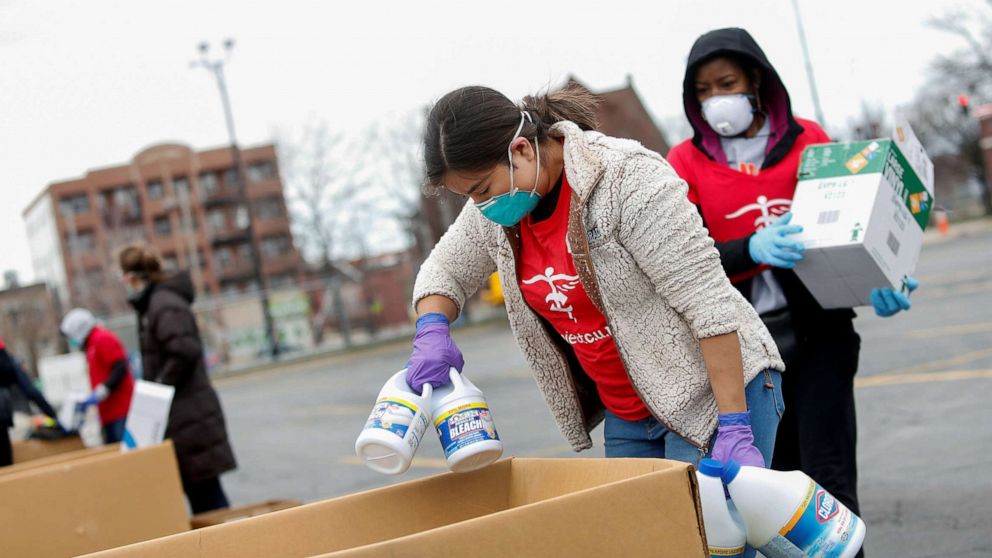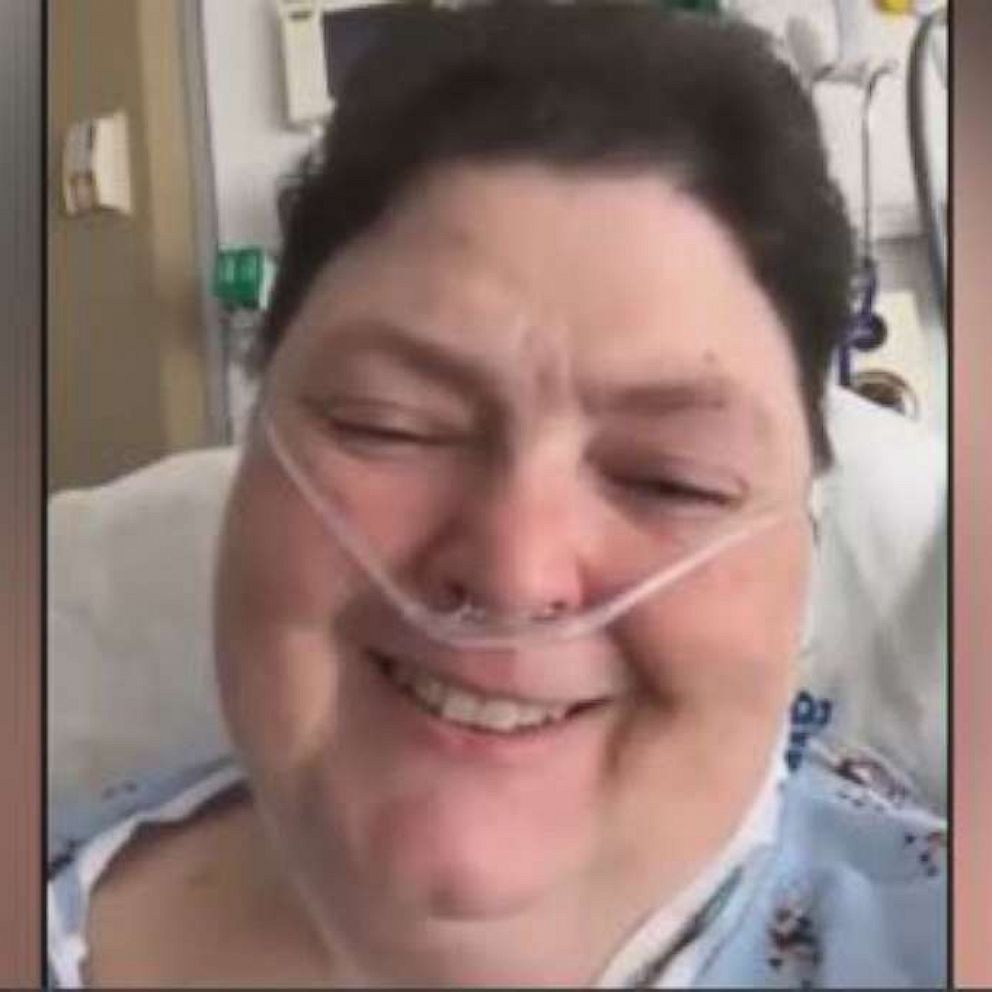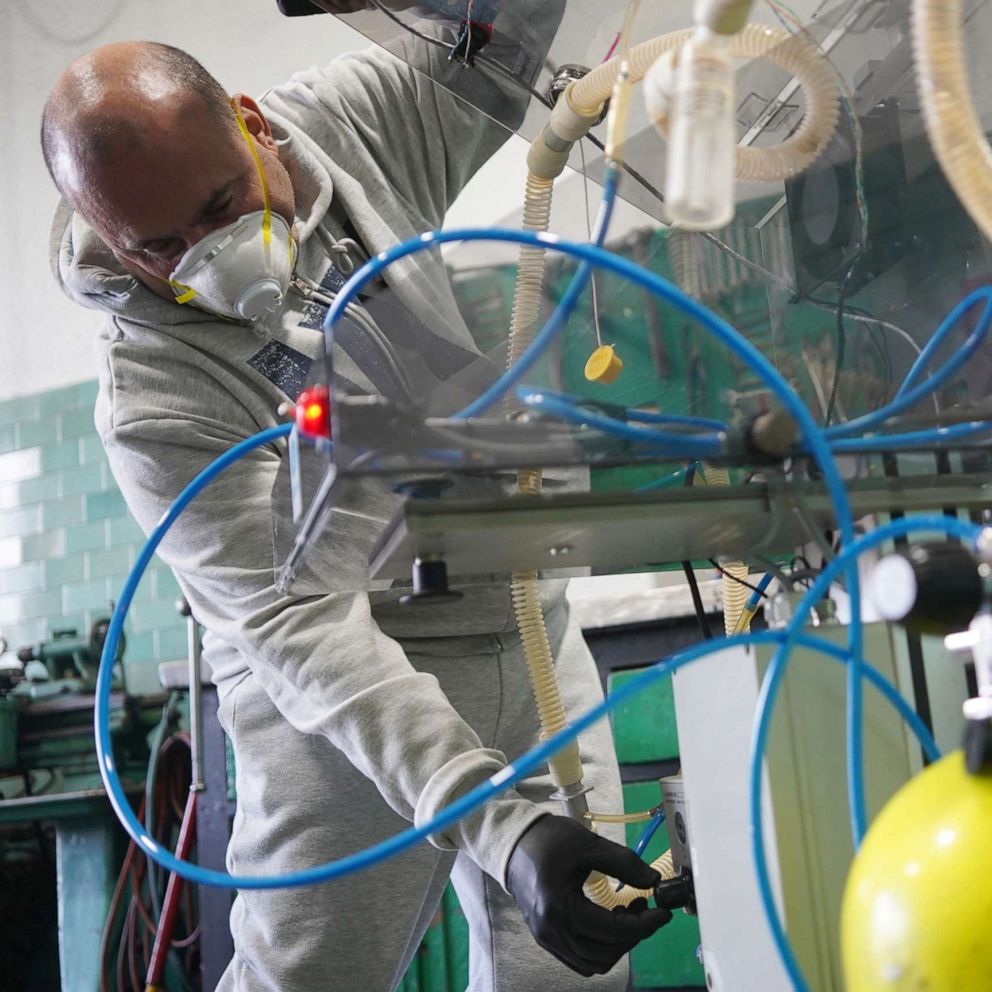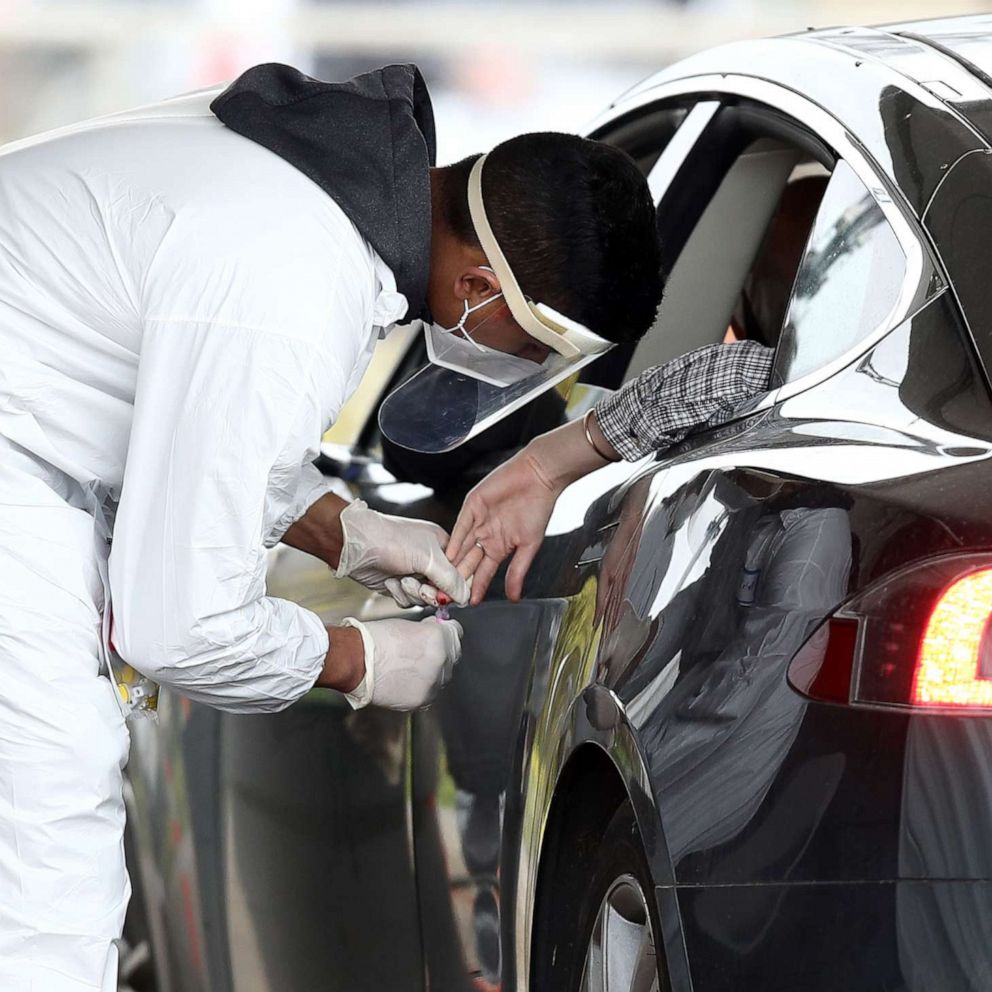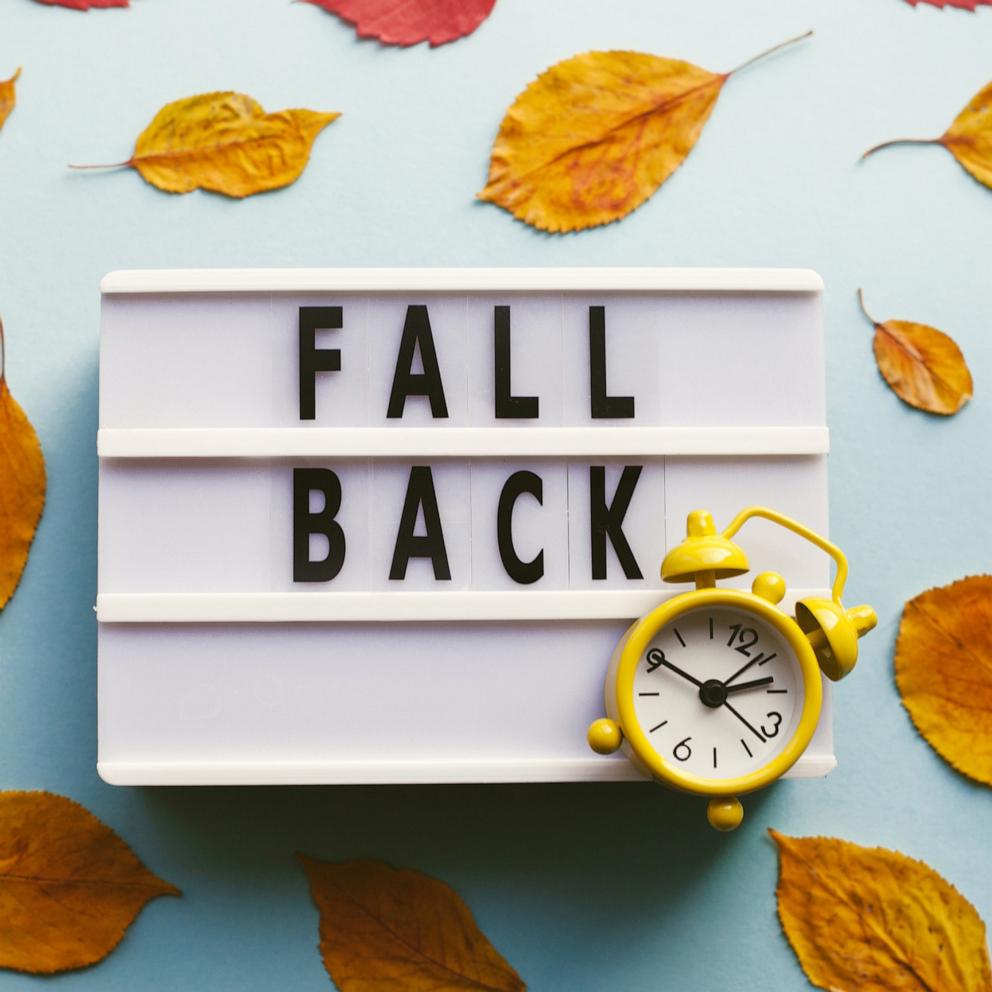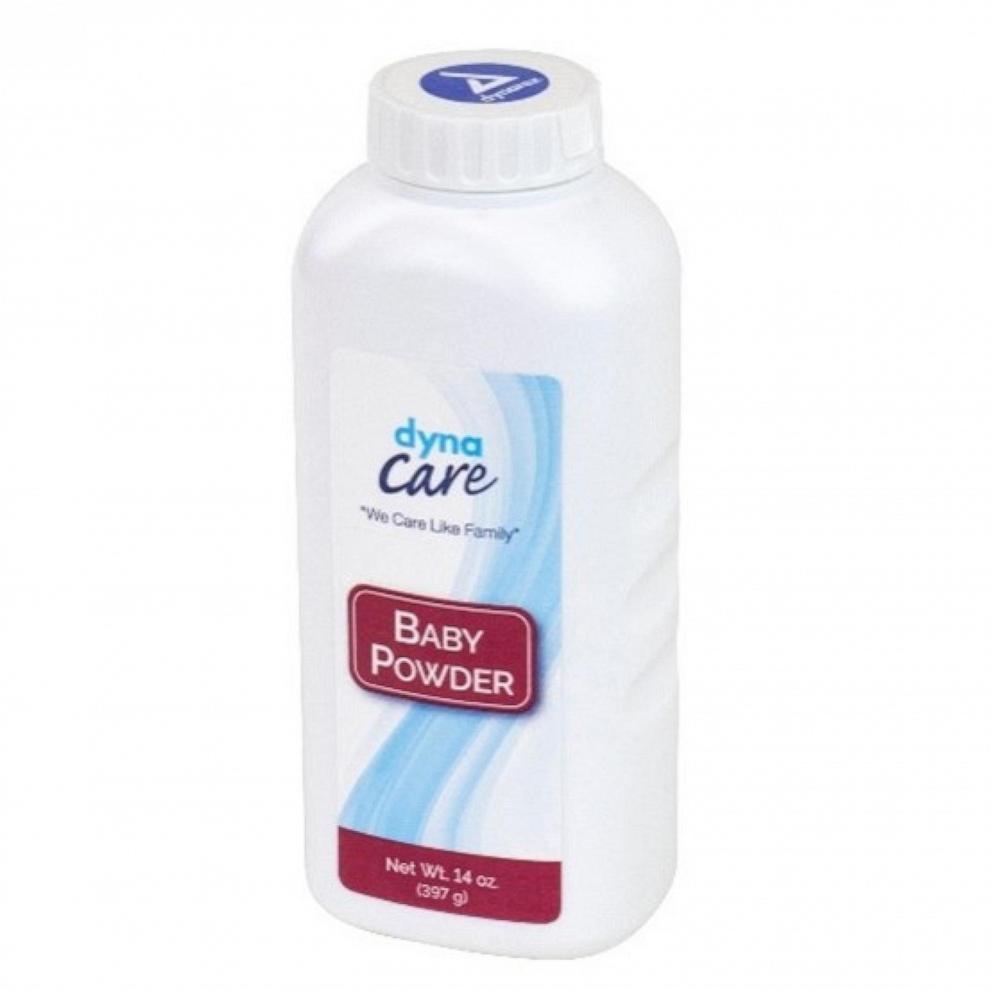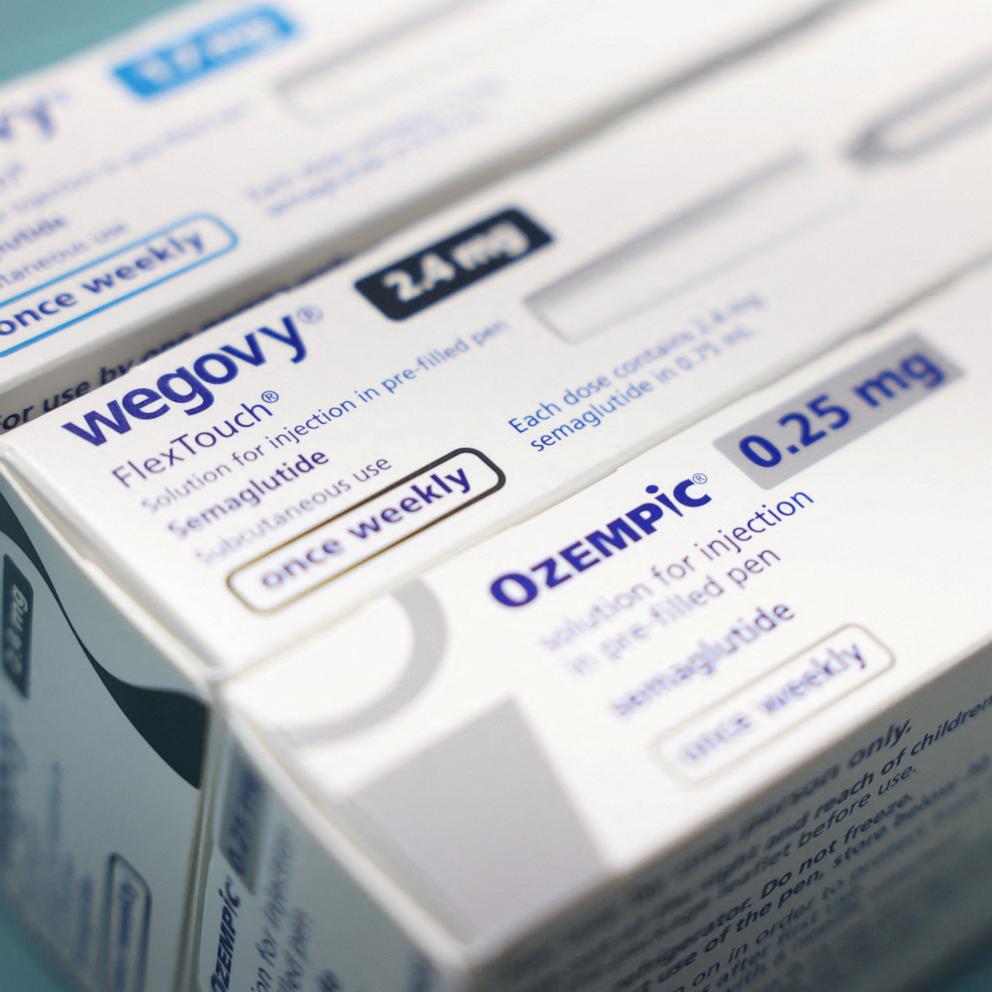Be careful how you clean in the fight against coronavirus, CDC says
Soaps, hand sanitizers, bleaches and other disinfectants can effectively reduce the spread of COVID-19 -- but accidental poison exposures due to cleaning and disinfectant products have risen dramatically in recent months, likely linked to an increased use of these products related to the novel coronavirus pandemic.
This week, the Centers for Disease Control and Prevention (CDC) is warning Americans to take care when using cleaning and disinfectant products like hand sanitizer, bleach, sprays and wipes.
In the United States, 55 poison centers offer free, confidential, 24-hour medical advice on what to do if you are exposed to poison, chemicals, drugs and medications. In the first three months of this year, they experienced a 20% increase in calls related to cleaners and disinfectants compared to last year.
In a CDC study published on April 20, the CDC and the American Association of Poison Control Centers surveillance team examined the number of phone calls reported to the National Poison Data System regarding harmful exposures to cleaning agents. Researchers compared the number of phone calls due to disinfectants and cleaners in January-March 2020 to the number reported during the same time period in 2018 and 2019.
Coinciding with the rollout of stay-at-home orders, increased media coverage and shortages of cleaning agents, researchers found that the number of daily phone calls to poison centers due to cleaners and disinfectants dramatically increased in March 2020.
Tune into ABC at 1 p.m. ET and ABC News Live at 4 p.m. ET every weekday for special coverage of the novel coronavirus with the full ABC News team, including the latest news, context and analysis.
Researchers say they suspect this is due to COVID-19.
"We are seeing three main types of calls from the public," Dr. Michael Moss, medical director of the Utah Poison Control Center and Assistant Professor of Emergency Medicine, told ABC News. One of the most common calls, according to Moss: "Young children are drinking hand sanitizer products and getting drunk."
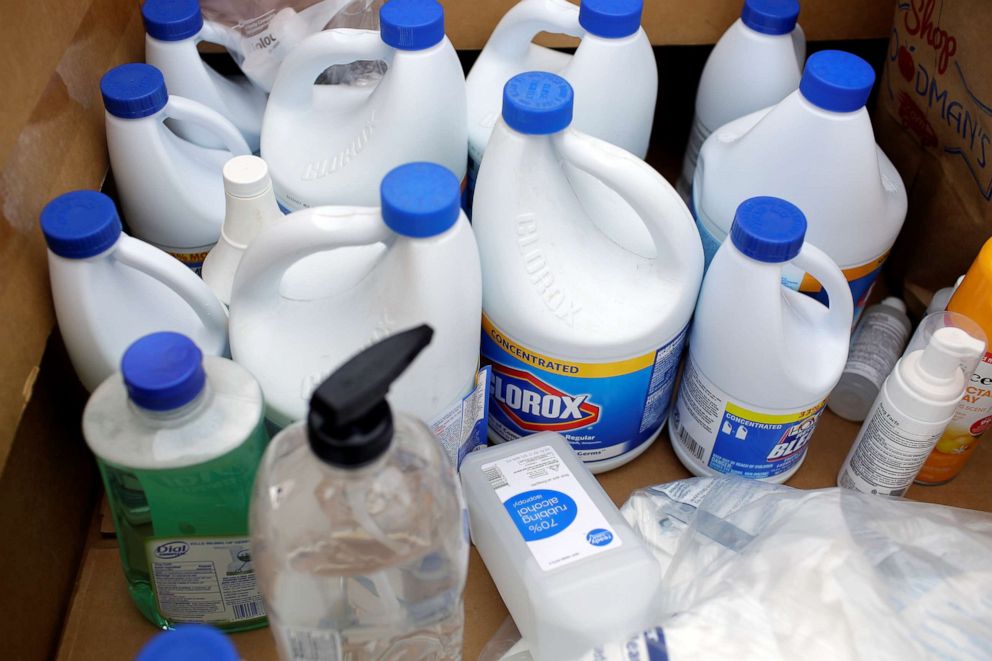
Though people of all ages reported increased cleaning agent exposure to poison centers, children under 6 made up the highest proportion of exposures -- nearly 50%.
The CDC report shared a story of a preschool-age child who fell, hit her head, and was found unresponsive after ingesting ethanol-based hand sanitizer at home. Her blood alcohol level was found elevated at 273mg/dL -- more than three times the level of 80mg/dL, the common threshold for driving under the influence in most states.
Poison control experts offer reassurance that a lick of hand sanitizer won't seriously hurt kids or other people. But when ingested in large amounts, hand sanitizer could cause intoxication, slowed heart rate and breathing, and in extreme scenarios, coma and death. Experts urge consumers to keep all alcohol and cleaning products secured away from children.
"Many times, cleaning products are brightly colored, and in simple-to-dispense containers, leading kids to think they are drinking a beverage. Any product not in use should be stored out of sight and out of reach of children," advised Dr. Will Heise, a toxicologist and assistant professor at the University of Arizona College of Medicine - Phoenix. "Leave any cleaning product in its original child-resistant container. Don't transfer it to a confusing one, such as bottles which may look like juice bottles."

However the biggest culprit for the increase in calls to poison centers is bleach. Compared to this time last year, the inhalation of harmful fumes was the route of exposure that increased the most, researchers say.
Toxicologists are seeing this every day.
"Mixing multiple types of cleaners together to make a 'stronger' cleaner, like mixing bleach and ammonia," is the second of the top three calls Dr. Moss has observed. "Many combinations of cleaning products can release harmful vapors that are irritating to the eyes, nose, throat, and lungs," he warned.
If mixed with other cleaning agents, household chlorine bleach can release chlorine gas. This dangerous exposure can lead to blurry vision, skin blistering, and lung damage.
Cleaning agents are irritating, and the CDC advises people to wear skin and eye protection when using them. You should avoid using disinfectant wipes on your hands or other parts of your skin.
"Using cleaning wipes and other cleaning solutions on the skin causes severe irritation," said Dr. Moss of the last of the three most common poison center calls. "Instead, use hand soap or hand sanitizer only, and apply lotion to help treat dry skin," he recommended.
Toxicologists are seeing a rise in people intentionally cleaning their bodies with harsh products not meant to be used on the skin, resulting in painful rashes and burns. Furthermore, experts plea for people to stop taking unproven "natural" and "COVID cure" remedies at home, as ingestion can be lethal.
"We have seen people die after ingesting aquarium products," said Dr. Heise. "Ingestion of hydrogen peroxide -- touted as a prevention measure on social media -- is dangerous and may be deadly, especially at concentrated solutions. Even with very small ingestions, something as seemingly innocent as baking soda, when ingested in an excess amount, has killed individuals."
Cleaning products can be used safely and effectively to reduce the spread of COVID-19. The CDC urges users to follow directions on the label. General advice includes: Do not mix chemical products, only dilute products with room-temperature water unless stated otherwise on the label, wear skin and eye protection when handling products, make sure there is proper ventilation so that you are not inhaling the product, and store chemicals out of the reach of children.
Call your local poison center from anywhere in the country by dialing 1-800-222-1222 for free, confidential, and professional help, 24 hours a day, seven days a week.
Tiffany Kung, M.D., a resident physician at Presbyterian/St. Luke's Hospital in Denver, is a contributor to the ABC News Medical Unit.
What to know about the coronavirus:
- How it started and how to protect yourself: Coronavirus explained
- What to do if you have symptoms: Coronavirus symptoms
- Tracking the spread in the U.S. and worldwide: Coronavirus map
